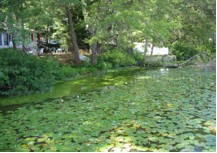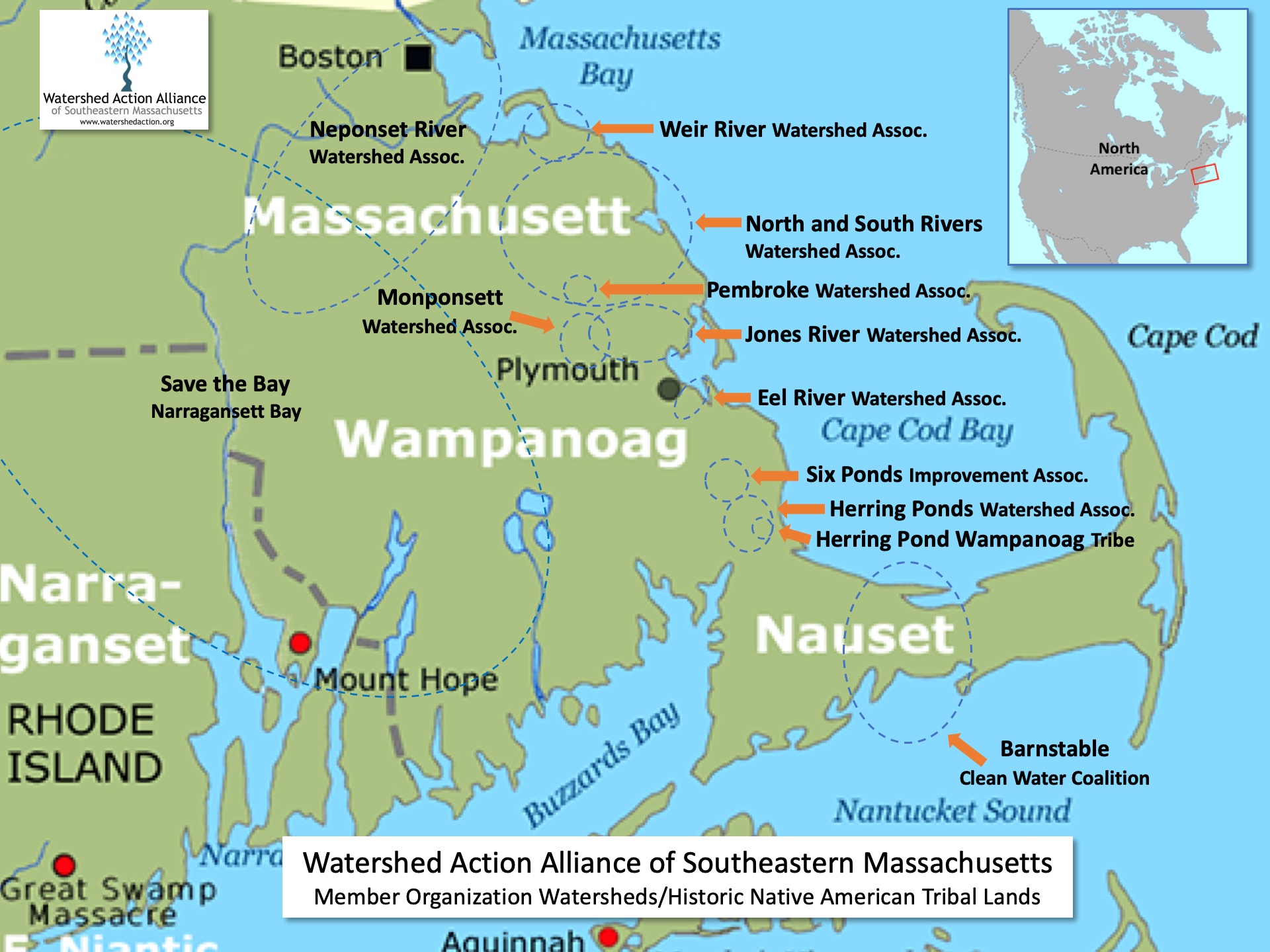Like newspaper and plastics, water can be safely and cheaply recycled after it has been used. Just as the recycling movement began with ordinary citizens convincing their municipal officials to act, you can help build a “Keeping Water Local” initiative that would make a huge difference. BUT HOW DO WE AS CITIZENS DO THIS? IS THERE LEGISLATION, OR DO WE WRITE/TALK TO OUR MUNICIPAL REPS? WHAT IS WAA DOING IN THIS REGARD?
1) Treat wastewater locally and discharge it back to the ground or to surface water upstream of the water supply wells or reservoirs it came from. New public wastewater treatment plants, and those wishing to expand their capacity, should be required to discharge their treated “effluent” strategically so that it replenishes water supplies and adds to stream flows. Sewers leading to large, centralized treatment plants should rarely be extended. A better alternative is “spot sewering,” where wastewater from malls, office parks or entire neighborhoods is sent via small sewers to a nearby “package treatment plant” for local disposal. For homes, wastewater can also be safely treated and returned to the aquifer by using well-maintained septic systems (assuming adequate yard size and proper soil conditions); in the long term it’s usually much cheaper than paying sewer bills.
2) Recycle wastewater for additional uses. Treated wastewater — particularly “greywater” from showers and sinks — can also be used to irrigate lawns and plants or as “cooling water” in air conditioning systems. Even wastewater from urinals in large buildings can be cleaned and used again (as it is at Gillette Stadium and at the Wrentham Mall, among many others).
3) Encourage local officials to fix infiltration of groundwater and inflow of rainwater into old sewer pipes. Infiltration is groundwater that enters a sewer system through cracked, crushed or leaky pipes, joints and manholes. Inflow is rain or surface water that enters the sewer system, generally through illegal connection of things like sump pumps and roof drains. Infiltration and inflow (known as “I/I”) not only steal huge amounts of water from water supplies and waterways, it reduces sewers’ carrying capacity so that in big rainstorms raw sewage may spill out into streets, lawns, basements and waterways. People living in communities with I/I also pay far more than they need to in sewer bills.








 As the fastest growing region in the state, demand for water can only increase. PLEASE PROVIDE INFO/STATS ON LACK OF WATER - E.G., WATER LEVELS REDUCED BY X%?... THIS, COMBINED WITH A POPULATION GROWING AT X%, PLUS INCREASED DEMAND...
As the fastest growing region in the state, demand for water can only increase. PLEASE PROVIDE INFO/STATS ON LACK OF WATER - E.G., WATER LEVELS REDUCED BY X%?... THIS, COMBINED WITH A POPULATION GROWING AT X%, PLUS INCREASED DEMAND...